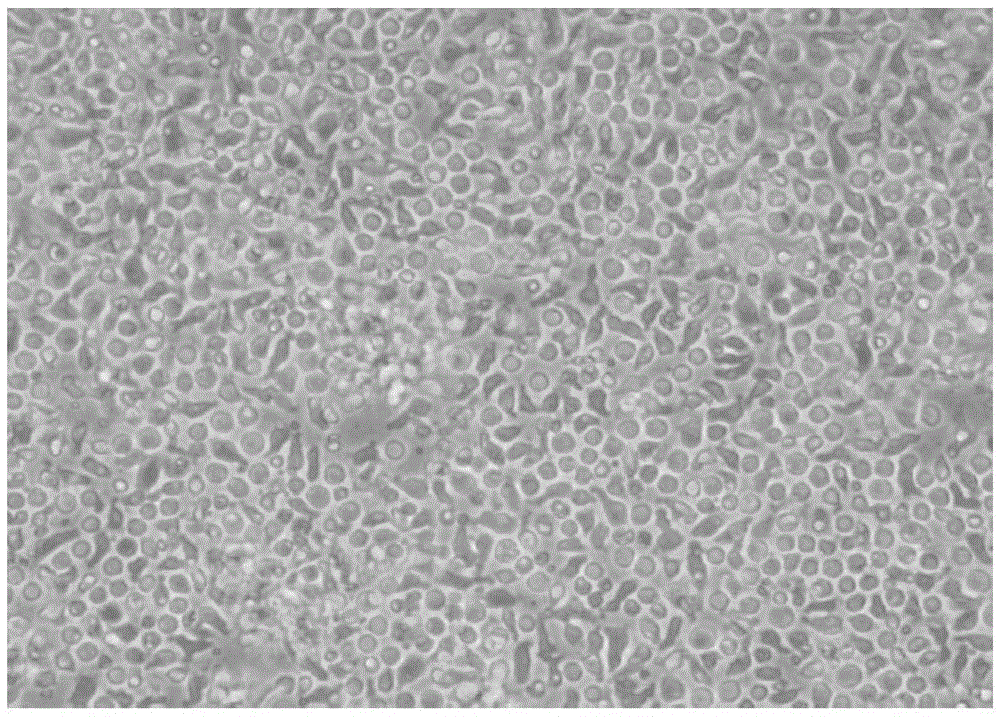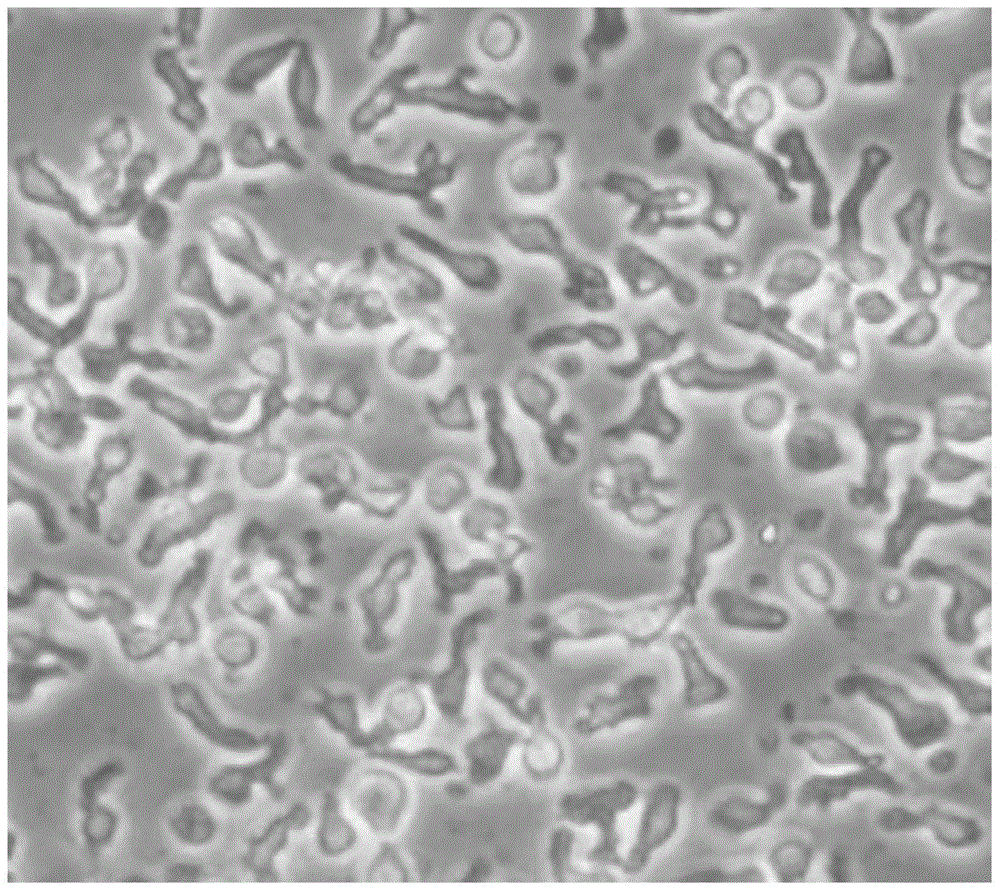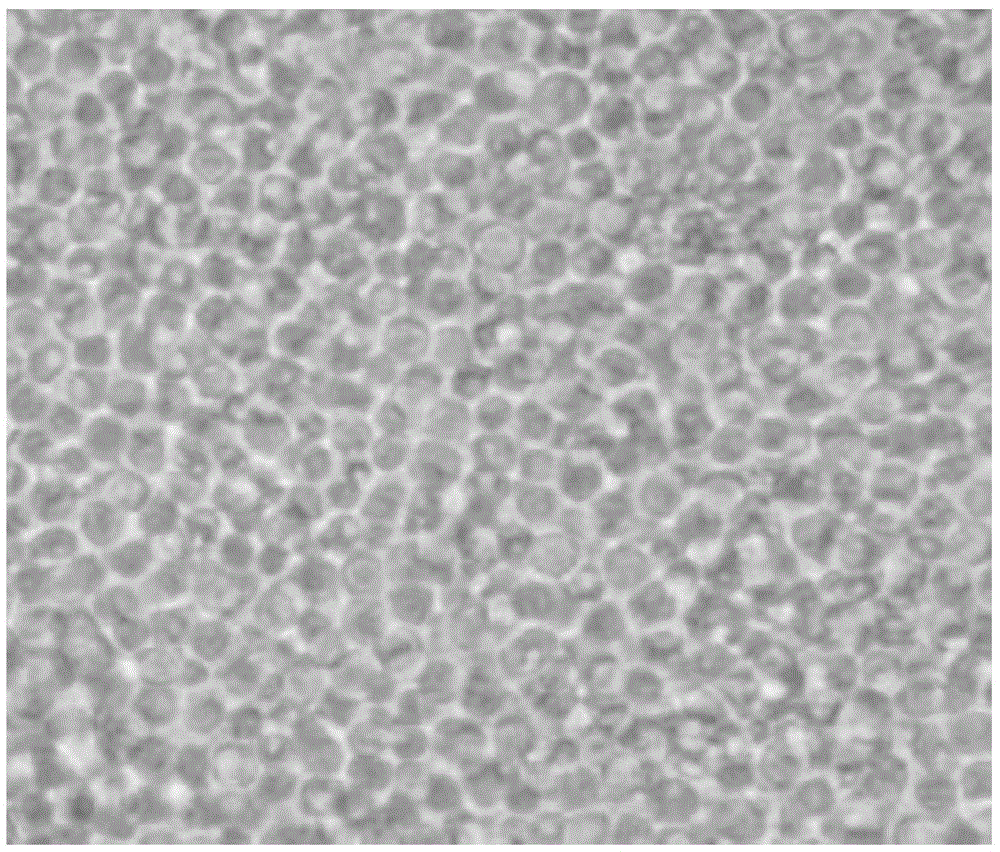Method for increasing yield of immune cells
A technology of immune cells and cells, applied in the field of biomedicine, can solve the problems of reducing resistance, complicated steps, secondary damage, etc., and achieve the effect of improving yield, increasing yield and maintaining activity.
- Summary
- Abstract
- Description
- Claims
- Application Information
AI Technical Summary
Problems solved by technology
Method used
Image
Examples
Embodiment 1
[0035] Embodiment 1, the separation of immune cell
[0036] 1) Collect human peripheral blood and dilute it with normal saline to prepare blood dilution solution, the volume ratio of peripheral blood and normal saline is 1:5;
[0037] 2) Add the Ficoll separation solution to the bottom of the sepmate centrifuge tube, slowly add the blood dilution solution in step 1) to the upper layer of the Ficoll separation solution, the volume ratio of the blood dilution solution to the Ficoll separation solution is 1:5, and centrifuge at 400g in a centrifuge After 30 minutes, peripheral blood immune cells were separated, washed and centrifuged twice to collect peripheral blood mononuclear cells.
Embodiment 2
[0038] Example 2, the separation of immune cells
[0039] 1) collecting human peripheral blood and diluting it with normal saline to prepare a blood diluent, the volume ratio of peripheral blood and normal saline is 5:1;
[0040] 2) Add the Ficoll separation solution to the bottom of the sepmate centrifuge tube, slowly add the blood dilution solution in step 1) to the upper layer of the Ficoll separation solution, the volume ratio of the blood dilution solution to the Ficoll separation solution is 5:1, and centrifuge at 700g in a centrifuge After 20 minutes, peripheral blood immune cells were separated, washed and centrifuged twice to collect peripheral blood mononuclear cells.
Embodiment 3
[0041] Example 3, the separation of immune cells
[0042] 1) Collect human peripheral blood and dilute it with normal saline to prepare blood dilution solution, the volume ratio of peripheral blood and normal saline is 1:1;
[0043] 2) Add the Ficoll separation solution to the bottom of the sepmate centrifuge tube, slowly add the blood dilution solution in step 1) to the upper layer of the Ficoll separation solution, the volume ratio of the blood dilution solution to the Ficoll separation solution is 1:1, and centrifuge at 1000g in a centrifuge After 10 minutes, peripheral blood immune cells were separated, washed and centrifuged twice to collect peripheral blood mononuclear cells.
PUM
 Login to View More
Login to View More Abstract
Description
Claims
Application Information
 Login to View More
Login to View More - R&D
- Intellectual Property
- Life Sciences
- Materials
- Tech Scout
- Unparalleled Data Quality
- Higher Quality Content
- 60% Fewer Hallucinations
Browse by: Latest US Patents, China's latest patents, Technical Efficacy Thesaurus, Application Domain, Technology Topic, Popular Technical Reports.
© 2025 PatSnap. All rights reserved.Legal|Privacy policy|Modern Slavery Act Transparency Statement|Sitemap|About US| Contact US: help@patsnap.com



